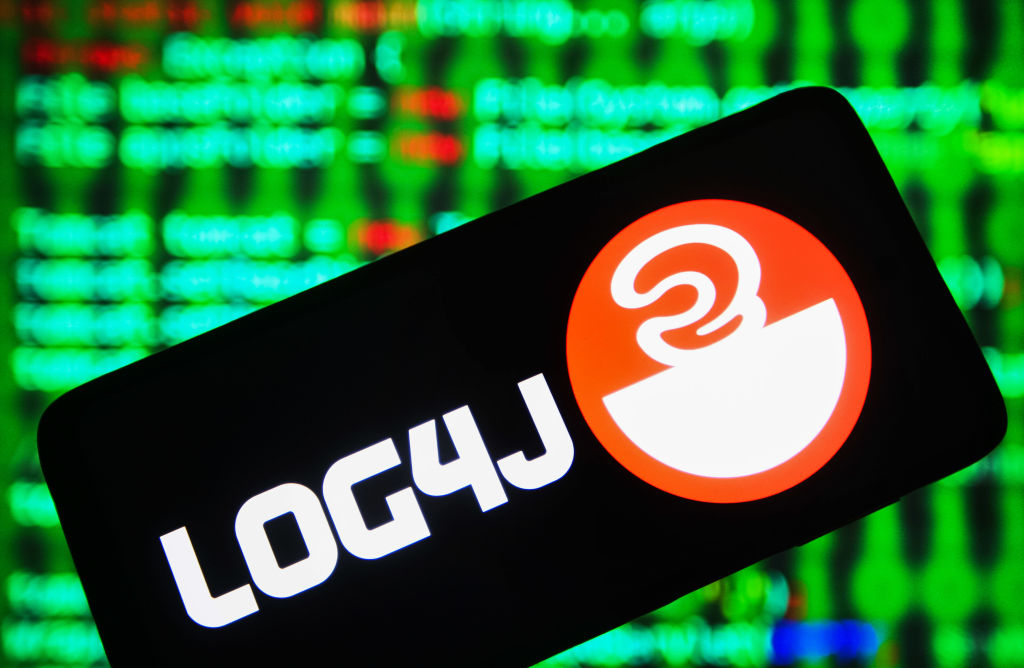Log4j vulnerability continues to stress CISOs
Avast's latest threat report also reveals the resurrection of the infamous Emotet botnet

The Log4j vulnerability was actively exploited by coinminers, remote access trojans (RATs), botnets, ransomware, and advanced persistent threats (APTs) in December 2021, according to Avast's Q4 2021 threat report.
Using the aformentioned vulnerability, malicious attackers can execute code remotely on any targeted computer.
Avast's threat researchers have also observed a revival of the Emotet botnet, as well as an increase in coin mining activity by 40%. Both present risks to consumers and businesses alike, placing CISO departments under greater stress.
The security company's Q4 findings also indicate an increase in adware, technical support scams, subscription scams, and spyware targeting Android users. However, RAT and ransomware activity decreased in Q4.
Avast malware research director Jakub Kroustek said: “Towards the end of the year, the extremely dangerous, ubiquitous, and easy to abuse Log4j vulnerability made CISO departments sweat, and rightly so, as it was weaponized by attackers spreading everything from coinminers to bots to ransomware."
"On the other hand, we are happy to report decreases in RAT, information stealer, and ransomware attacks. RAT activity died down thanks to the holidays, with bad actors even going as far as copying the DcRat remote access Trojan and renaming it 'SantaRat',” added Kroustek.
RELATED RESOURCE

The best defence against ransomware
How ransomware is evolving and how to defend against it
Aside from exploiting Log4j, threat actors exploited CVE-2021-40449 vulnerability, which elevates permissions for malicious processes through the Windows kernel driver. Attackers used the aforementioned vulnerability to download and run the MistarySnail RAT, according to Avast.
Get the ITPro daily newsletter
Sign up today and you will receive a free copy of our Future Focus 2025 report - the leading guidance on AI, cybersecurity and other IT challenges as per 700+ senior executives
In addition, a malicious campaign abusing Microsoft Azure and Amazon Web Services (AWS) accounted for high NanoCore and AsyncRat detections. AWS and Azure were used as download servers for malware payloads during the campaign.
Even so, Avast reported a 28% decrease in ransomware risk ratio compared to Q3 2021.
-
 Bigger salaries, more burnout: Is the CISO role in crisis?
Bigger salaries, more burnout: Is the CISO role in crisis?In-depth CISOs are more stressed than ever before – but why is this and what can be done?
By Kate O'Flaherty Published
-
 Cheap cyber crime kits can be bought on the dark web for less than $25
Cheap cyber crime kits can be bought on the dark web for less than $25News Research from NordVPN shows phishing kits are now widely available on the dark web and via messaging apps like Telegram, and are often selling for less than $25.
By Emma Woollacott Published
-
 Hackers are targeting Ivanti VPN users again – here’s what you need to know
Hackers are targeting Ivanti VPN users again – here’s what you need to knowNews Ivanti has re-patched a security flaw in its Connect Secure VPN appliances that's been exploited by a China-linked espionage group since at least the middle of March.
By Emma Woollacott Published
-
 Broadcom issues urgent alert over three VMware zero-days
Broadcom issues urgent alert over three VMware zero-daysNews The firm says it has information to suggest all three are being exploited in the wild
By Solomon Klappholz Published
-
 Nakivo backup flaw still present on some systems months after firms’ ‘silent patch’, researchers claim
Nakivo backup flaw still present on some systems months after firms’ ‘silent patch’, researchers claimNews Over 200 vulnerable Nakivo backup instances have been identified months after the firm silently patched a security flaw.
By Solomon Klappholz Published
-
 Everything you need to know about the Microsoft Power Pages vulnerability
Everything you need to know about the Microsoft Power Pages vulnerabilityNews A severe Microsoft Power Pages vulnerability has been fixed after cyber criminals were found to have been exploiting unpatched systems in the wild.
By Solomon Klappholz Published
-
 Vulnerability management complexity is leaving enterprises at serious risk
Vulnerability management complexity is leaving enterprises at serious riskNews Fragmented data and siloed processes mean remediation is taking too long
By Emma Woollacott Published
-
 A critical Ivanti flaw is being exploited in the wild – here’s what you need to know
A critical Ivanti flaw is being exploited in the wild – here’s what you need to knowNews Cyber criminals are actively exploiting a critical RCE flaw affecting Ivanti Connect Secure appliances
By Solomon Klappholz Published
-
 Researchers claim an AMD security flaw could let hackers access encrypted data
Researchers claim an AMD security flaw could let hackers access encrypted dataNews Using only a $10 test rig, researchers were able to pull off the badRAM attack
By Solomon Klappholz Published
-
 A journey to cyber resilience
A journey to cyber resiliencewhitepaper DORA: Ushering in a new era of cyber security
By ITPro Published